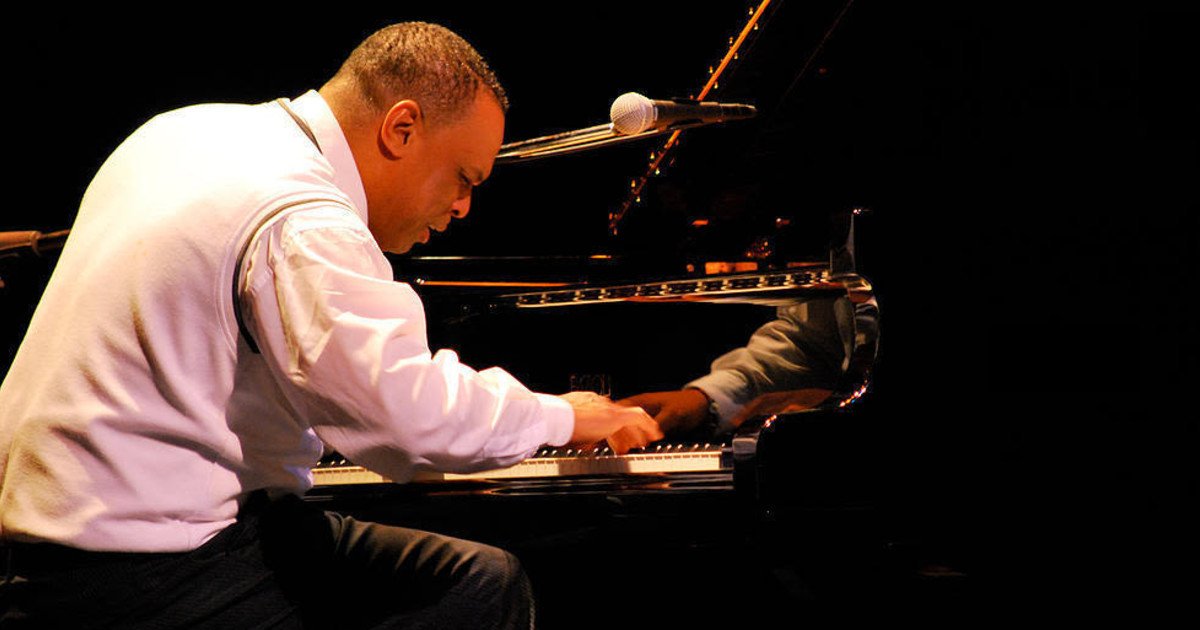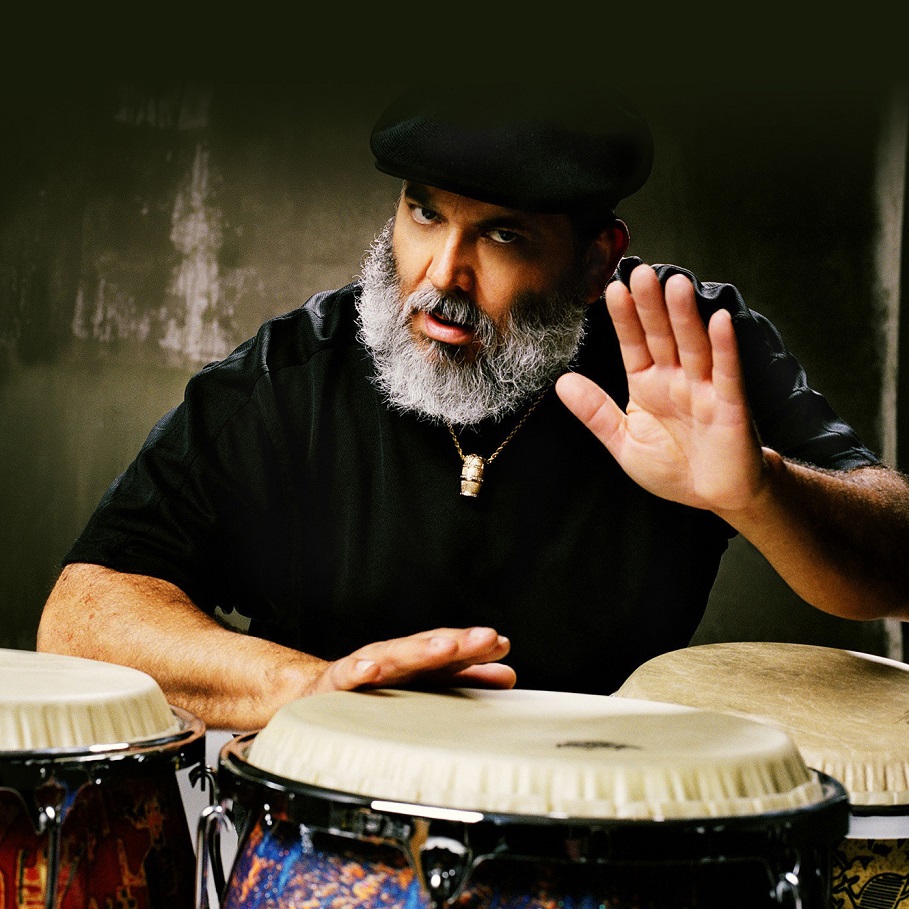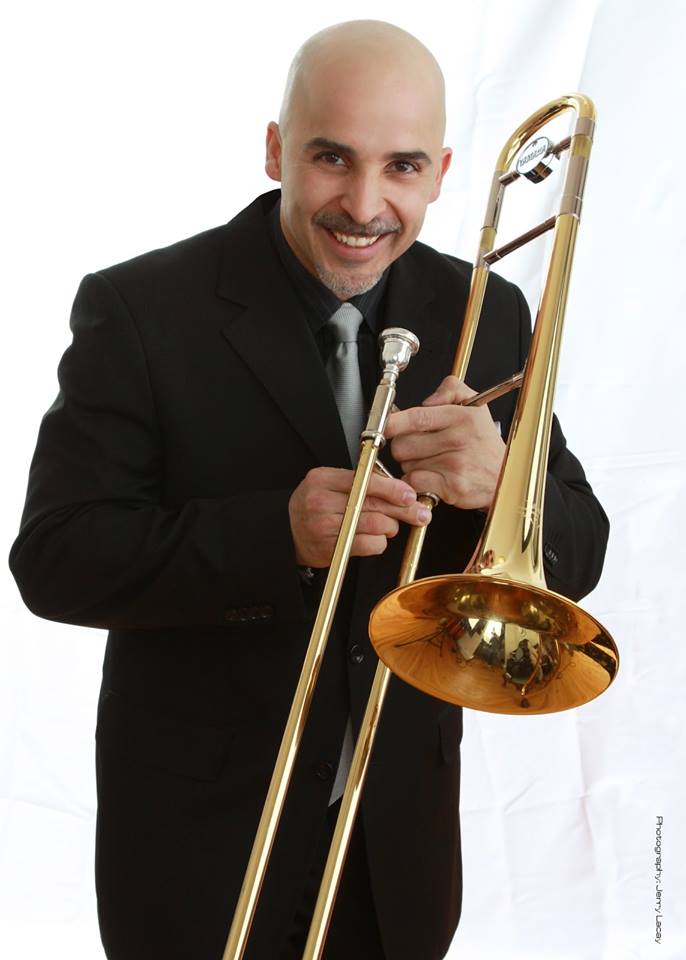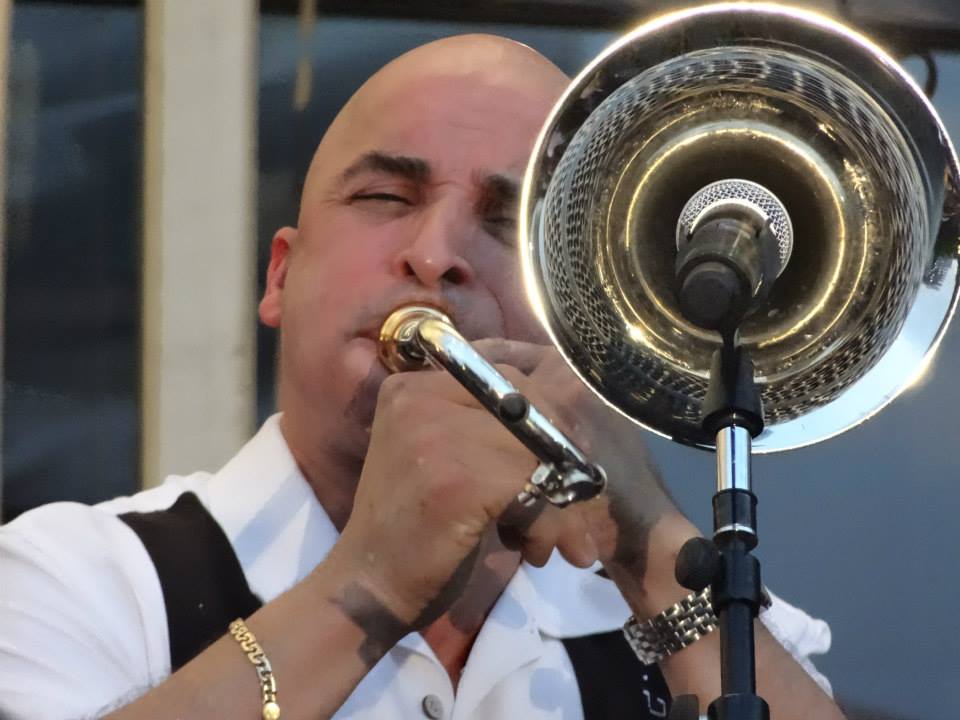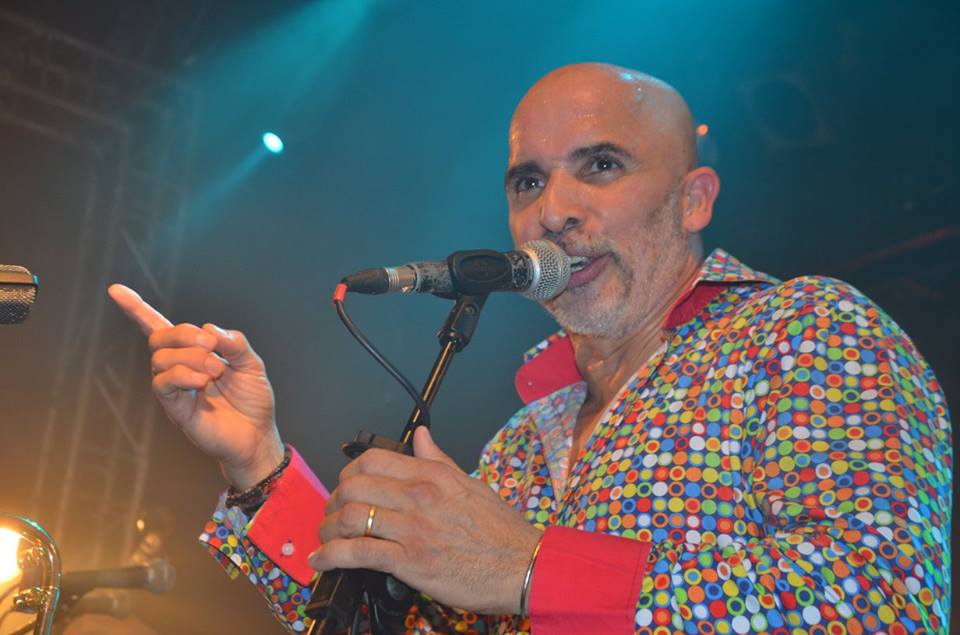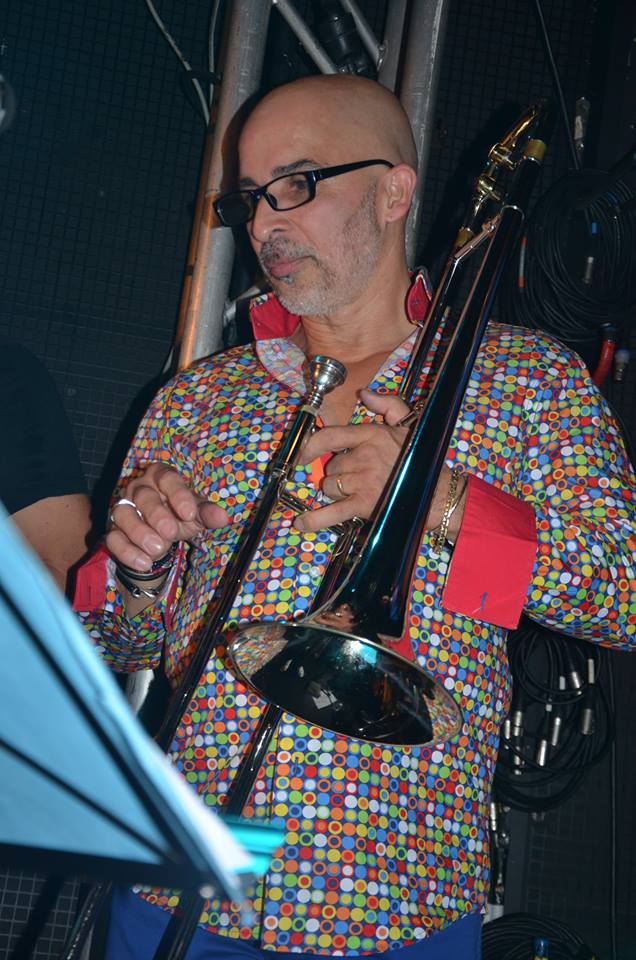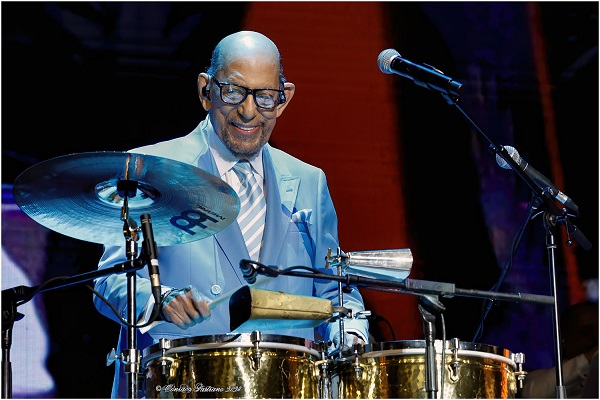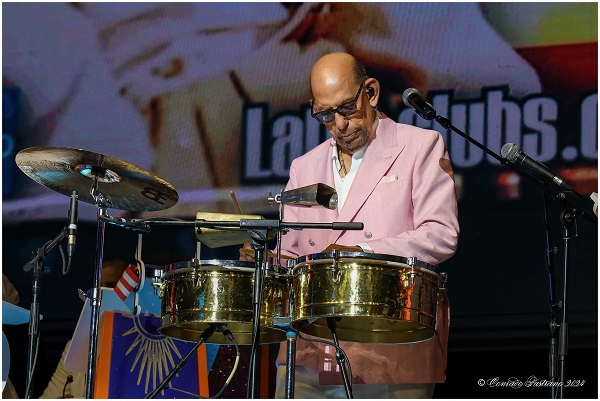Over the last century, this style of traditional Cuban music has contributed to many other musical genres, including jazz, cha cha cha, mambo, salsa, songo and timba.

Cuban son is the music that made the Buena Vista Social Club worldwide stars in the late 1990s, but Kiki Valera comes from a family of musicians whose involvement with Cuban son predates BVSC by decades.
Kiki Valera is the eldest son of the famous septet La Familia Valera Miranda, a multi-generational traditional music group from Santiago de Cuba.
Since the 19th century, La Familia Valera Miranda has played an important role in Cuban culture by collecting and preserving the deep-rooted traditions of the legendary Sierra Maestra mountain region.
Their debut album, “Antología Integral Del Son”, released in 1982, helped initiate the explosion of interest in traditional Cuban music.
Kiki, like most of her family, is a virtuoso. A multi-instrumentalist, composer, arranger, sound engineer and producer, he is best known as one of the world’s best players of the Cuban cuatro, a medium-sized guitar with 8 strings grouped in sets of 2.

Kiki learned the Cuban tres under the guidance of his father Felix as a child.
He later attended one of Cuba’s most prestigious music schools, the Esteban Salas Conservatory, in Santiago de Cuba and by the age of 15 was touring internationally.
Kiki continues to conduct, compose, arrange and perform internationally. She also performs and teaches in Seattle, Washington, where she contributes to the vibrant Pacific Northwest music scene.
His current project features several other internationally renowned artists, including Coco Freeman (former singer for Adalberto Alvarez y su Son and NG La Banda), vocalist Carlos Cascante (three-time Grammy Award winning vocalist for the Spanish Harlem Orchestra), trumpeter Alexis Baró (Cubanismo and Omara Portuondo) and bongocero Pedro Vargas (Barbarito Torres’ band). (Kiki Valera)
“Vacilón Santiaguero” is Kiki Valera’s second solo release in the United States after many distinguished years as the director of La Familia Valera Miranda in Santiago de Cuba.
He goes beyond his core group to present collaborations with some Grammy® award winning musicians and features his favorite trumpet players, some born in Cuba, some born in the U.S., but all with reputations jus????ficadas for playing Cuban music for love, if not DNA.

“Vacilón” is one of those words that doesn’t have a perfect English equivalent to Cuban Spanish, but something that’s a really good time (a little rum or aguardiente always helps).
So what sets this project apart from the vast mountain of excellent traditional albums already out there? Not only is there Kiki’s custom-made Cuban cuatro, which brings a unique texture to the sound, rather than a tres, but, in his jazz-influenced hands, you’ll occasionally hear twists and turns in his improvisations that you probably weren’t expecting when you first glanced at the song titles, which are mostly Cuban evergreens.
Thanks to Kiki’s creative arrangements, this is no mere recycling of covers of these classic songs.
Kiki is as exacting with the recording, mixing and mastering work as he is with the arrangements.
Much of the recording and mixing was done in Kiki’s custom home studio, and Grammy® winner Michael Lazarus mastered the project.
The result will be an audiophile’s delight, a reason, I might add, to want the physical product for your collection (Kiki Valera).
Kiki Valera – Vacilón Santiaguero (2024).
Tracks:
- Este Vacilón (Felix Valera Miranda)
- El Ají de Cocina (Felix Valera Miranda)
- Sobre una Tumba una Rumba (Ignacio Piñeiro)
- El Penquito e’ Coleto (Francisco Repilado “Compay Segundo”)
- Funfuñando (Arsenio Rodriguez)
- La Guajira (Olga de Blanck)
- Mari-Juana (Juana María Casas)
- Muñequita Feliz (DR)
- El Empanadillero (Teodoro Benemelis)
- Pájaro Lindo (Felipe Neri Cabrera)
- Dos Gardenias (Isolina Carrillo)
- El Cuarto de Tula (Sergio Gonzales Siaba)
Musicians:
Kiki Valera (Cuban cuatro, guitar, bass, harpsichord, maracas and backing vocals).
Pedro Vargas (congas, bongos and backing vocals)
Steve Guasch (Backing vocals)
Carlos Cascante (Lead vocals on tracks #1,#4,#5,#7,#9,#10,#12)
Francisco “Coco” Freeman (Lead vocals on tracks #2,#11)
Joshuah de Jesus (Lead vocal on tracks #3,#8)
Raquel Zozaya (Lead vocals on track #6).
Special guests:
Alexis Baró (Trumpet on tracks #1, #3, #4, #6, #9, #11).
Steve Mostovoy (Trumpet on tracks #1, #3, #3, #6, #11)
Michael Rodríguez & Jonathan Powell (Trumpet on track #8)
Pete Nater & Dennis Hernández (Trumpet on tracks #2, #5, #7, #12)
Brian Lynch & Thomas Marriott (Trumpet on tracks #1#0)
Leon Q Allen (Trumpet on track #4)
